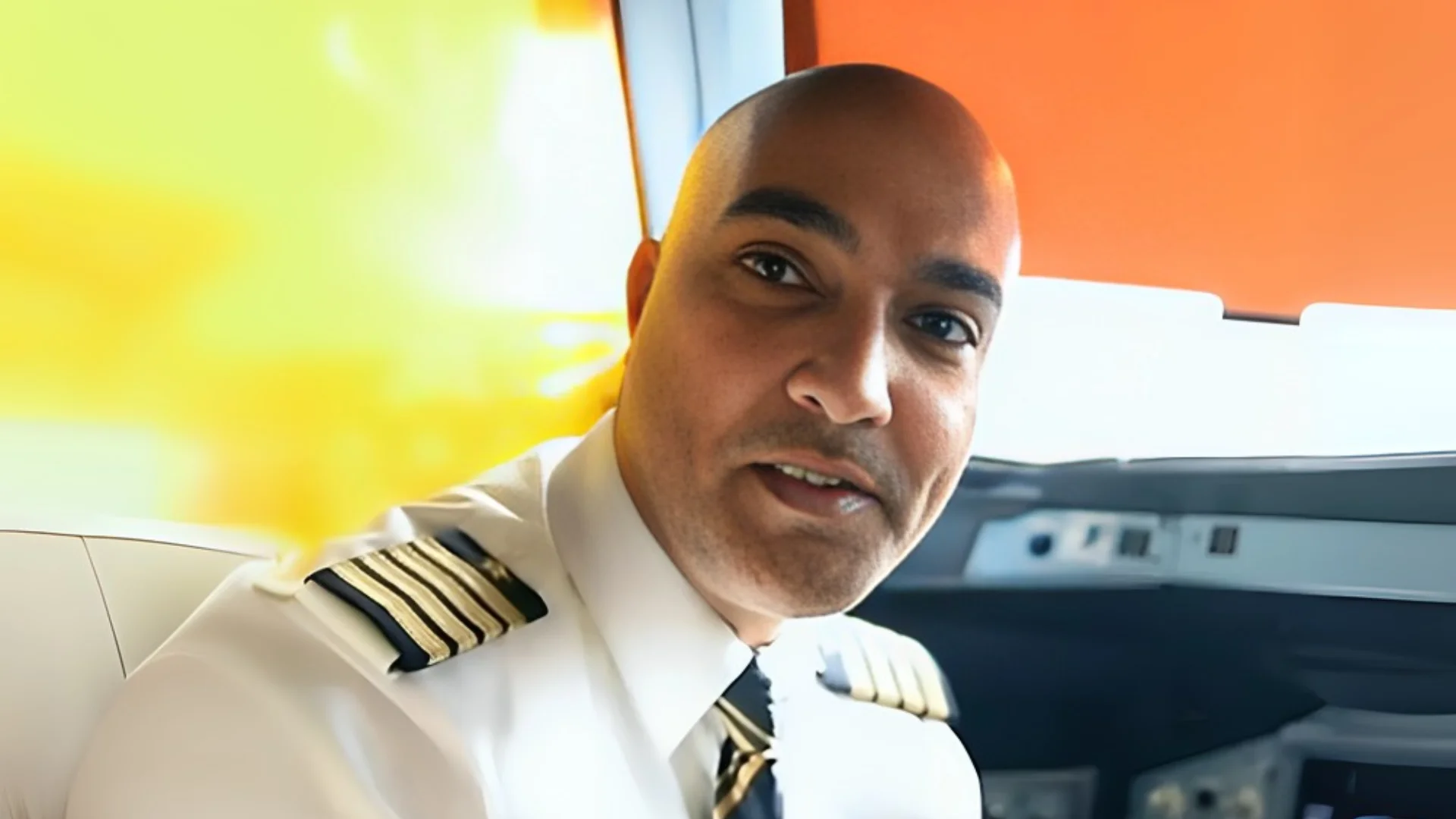The Airbus A380, the largest commercial aircraft ever built, is known for its slow climb rate due to its massive size and weight. With a maximum takeoff weight of 575,000 kg (1,268,000 lbs), it is powered by four Rolls-Royce Trent 900 or Engine Alliance GP7200 engines. The A380 typically seats around 525 passengers across three cabin classes but can accommodate up to 853.
"The optimal rate of climb (ROC) of any aircraft will be down to the particulars of that flight," notes Simple Flying. The A380's thrust-to-weight ratio results in a slower climb rate compared to narrowbody jets like the Airbus A320. During initial climbs after takeoff, pilots rarely exceed 1,500 feet per minute (fpm). However, once reaching an altitude of 5,000 feet or above, the A380 can maintain a higher climb rate of around 2,500 fpm.
In comparison with other widebody aircraft such as the Boeing 747-8 and Airbus A350-900, the A380's initial climb rate is among the lowest in the industry. More modern designs like the Boeing 787 Dreamliner can maintain steeper ROC during initial climbs despite having fewer engines and lower weights.
 Alerts Sign-up
Alerts Sign-up




































